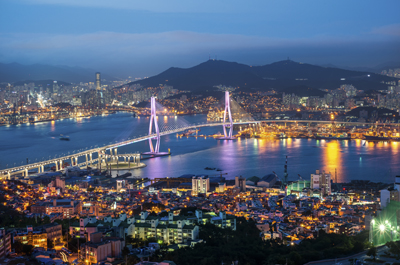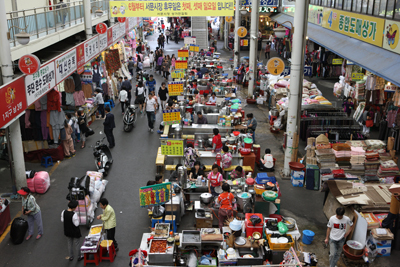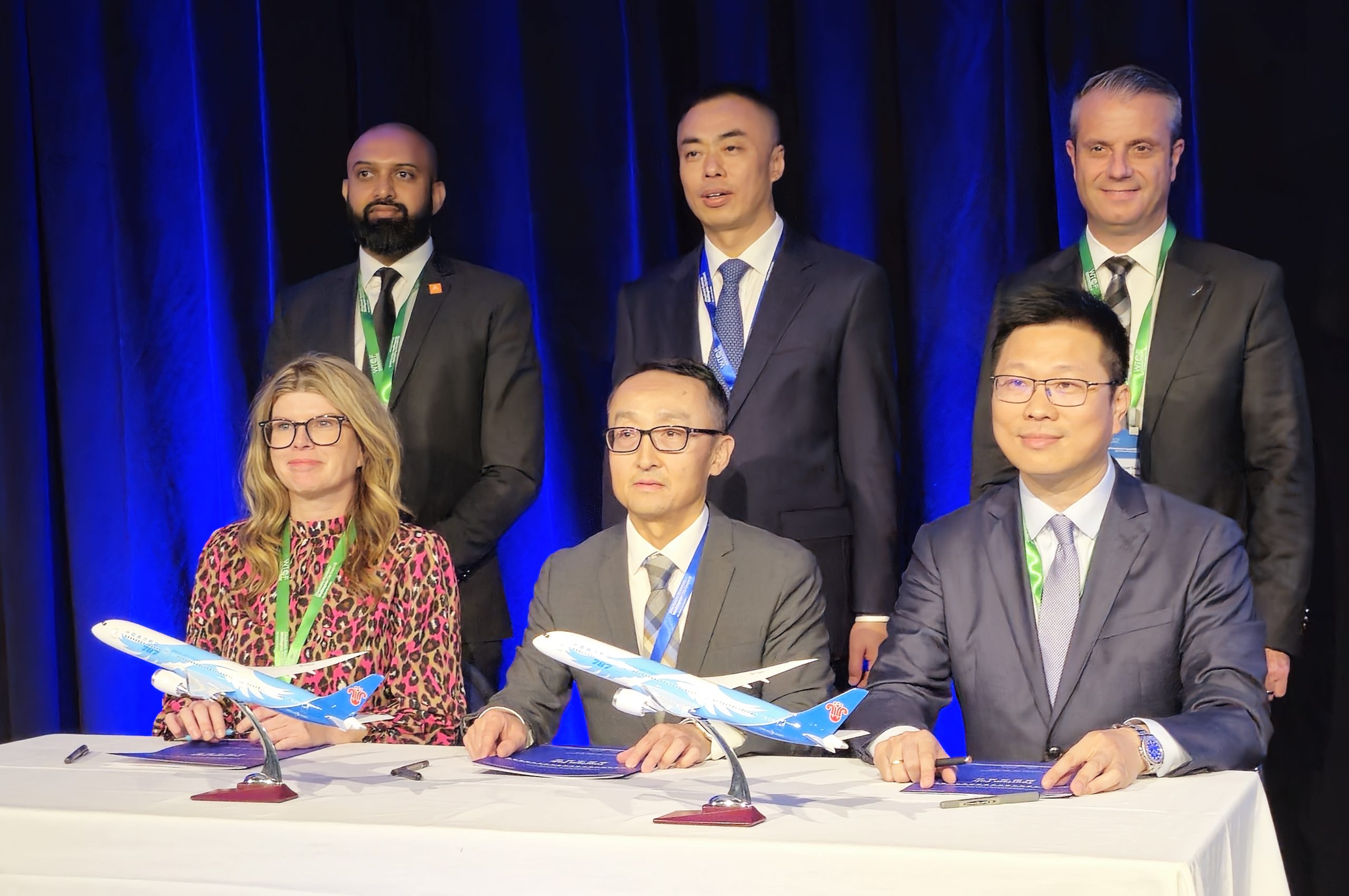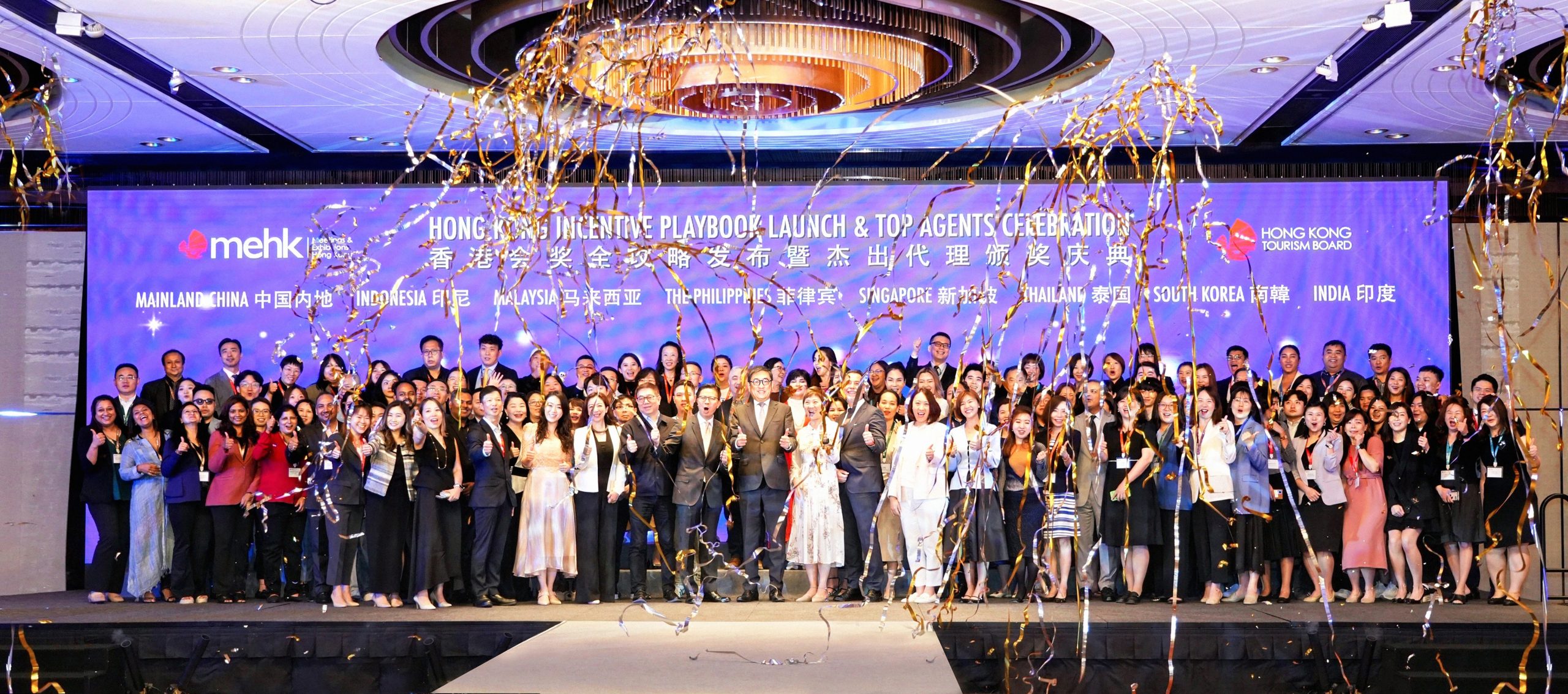
Though the Mers outbreak slowed tourism over the summer of 2015, confidence in Korea is quickly being restored with figures released by Korea Tourism Organisation revealing a jumpin arrivals from -3 per cent in September to +5 per cent in October 2015.
Global DMC Pacific World’s Annual Destination Index earmarked the country as one of the most popular destinations for meetings and events, and the 2018 Winter Olympics, which will take place in Pyeongchang, has only served to publicise it as a destination for winter incentives. Groups travelling to South Korea can look forward to world-class venues and activities that take in the country’s natural beauty, history and traditional culture from the southern port of Busan to the ancient Silla capital of Gyeongju.
Busan
After Seoul, the coastal city of Busan is Korea’s most accessible, served daily by flights from Hong Kong, Beijing, Osaka, Ho Chi Minh City and Bangkok. Korea’s KTX high-speed train takes 150 minutes from Seoul Incheon Airport to Busan, stopping at major cities on the way such as East Daegu and Daejeon.
Built to host the Apec Summit in 2005, Nurimaru Apec House offers a stunning seafront venue for small to mid-scale events. Perched on the edge of Haeundae Beach overlooking Busan’s expansive bay, the venue’s oval room is popular with municipal luncheons and receptions, catering for up to 150 standing. The rest of the building serves as a memorial to the original Apec event, featuring tokens from the conference in glass cabinets and trivia emblazoned on the walls of the hallways.
The main conference room in the heart of the building is spacious, designed in the format of an official summit meeting room with 12 interpreter boxes in the room’s upper wings. To encourage business event providers to make the most of local venues, Busan Metropolitan Government provides US$429,000 annually to three venues to subsidise events, among which includes Bexco Convention Centre, Westin Chosun Busan and Apec House.
Planners looking to expose groups to Busan’s ocean-going culture need look no further than yachting company Diamond Bay, which offers premium sailing experiences for groups. A 10-minute drive from Gwangalli beach, there is a drop off point at the marina for buses where groups can board chartered sailings for an hour-long trip around the bay. Offering spectacular views, the boat charts a leisurely course from the eastern coast of Busan toward Apec House and under the longest suspension bridge in Korea, Gwangan Bridge – nicknamed the “diamond bridge” because locals say its beauty exceeds San Francisco’s Golden Gate. Catering can be arranged on board, with 80-minute sunset sailings popular among corporate groups for cocktails at sea.
Daegu
Located conveniently on KTX’s Gyeongbu route from Busan to Seoul, the industrial city of Daegu is a hub for business events and home to Exco Convention Centre. Equipped with advanced technical support, Exco opened in 2001, undergoing expansion and renovation in 2011. Solar panels on the roof are a main energy source for the centre which, according to management, save the venue US$60,000 worth of the US$1m spent on electricity every year. Large-scale trade shows, concerts and product launches can be hosted comfortably in the main convention hall, which holds 3,500 seated and has an automated, movable seating system for flexible event layouts. The centre’s auditorium is often used for event opening and closing ceremonies, plays and concerts, having recently hosted international saxophonist Kenny G.

In Daegu city centre, delegates can break from meetings at the historic Seomun Market, founded in the 18th century during the Joseon dynasty. Along with Pyongyang and Gangyeong markets, Seomun Market was one of the period’s three major markets. Today, it is home to more than 4,000 shops touting textiles, home furnishings, clothing, craft souvenirs and street food – a great spot to get an authentic feel for local Korean living.
Gyeongju
Gyeongju is the cradle of Korean traditional culture, home to more temples and palace ruins than any other part of South Korea. Delegates looking to delve into the country’s history will enjoy Bulguksa Temple, a Unesco heritage site built in the eighth century during the golden age of Buddhist art. A pathway through the complex guides visitors around a series of intricately carved wooden temples, frequented by monks and visitors lighting incense offerings to the effigies inside. Paintings of bodhisattvas and disciples of Buddha decorate the temple walls, while stone-carved statues stand poised at intervals within the complex. A leisurely walk through the temples will take around an hour, and groups can purchase snacks, hot drinks and souvenirs at the entry point.

A half hour from Gyeongju is Yangdong Village, a traditional Korean village featuring pockets of 500-year old thatched-roof bungalows typical of the Joseon period. Cross-legged on the floor of a traditional outdoor house, delegates can take part in Korean taffy-making classes where warm stems of boiled sugar are twisted and wrapped into brittle sticks that can be packaged and taken home. Groups can also learn how to make injeolmi, traditional Korean rice cakes, where participants use a mallet to pound a glutinous rice powder mixture until the paste
becomes solid enough to chop and dust with sweet, sesame powder.
Hotel updates
Four Seasons Seoul
A recent addition to Seoul’s hotel portfolio, the
319-room Four Seasons opened last October offering planners a selection of modern venues along with a dedicated conference planning team. With a total 2,196 sqm of event space, the hotel has two ballrooms and six meeting rooms, together with seven restaurants and bars that can be booked for private events. Spousal and family programmes can also be arranged for delegates, while group activities around Seoul’s attractions can be organised by DMCs affiliated with the Four Seasons.
Park Hyatt Busan
Up 32 floors, the 268-room Park Hyatt Busan has some of the best views of the coastal city. Panoramas of the bay are on offer from the hotel’s three restaurants, Dining Room, Living Room and Lounge, which provide formal and brasserie-style dining for intimate events in need of that wow-factor. A
five-minute drive away from Bexco Convention Center, the hotel boasts a new residential-style multi-function venues called the Drawing Rooms which offer flexible meeting set-ups with the option of Korean or Western catering.
Grand Hyatt Incheon
The new west wing of the Grand Hyatt Incheon (below) opened in September 2014, unveiling one of the largest ballrooms in South Korea. The ballroom can be partitioned into three, and is a popular choice for car launches, so far hosting events by BMW, Nexus and Nissan. A casino is open to non-Korean nationals next door, while plans to build an integrated gaming resort nearby are currently are on the cards. Anothe of the Grand Hyatt’s assets is the wing’s gold LEED (Leadership in Energy & Environmental Design) certification, awarded to buildings that have a positive impact on the environment and the health of occupants, using sustainable materials and emphasising water efficiency. The hotel also offers group high-octane fun in the form of a driving experience at the BMW Driving Center in nearby Woonseo-dong, which has a number of racetracks, as well as venues and exhibition halls.


